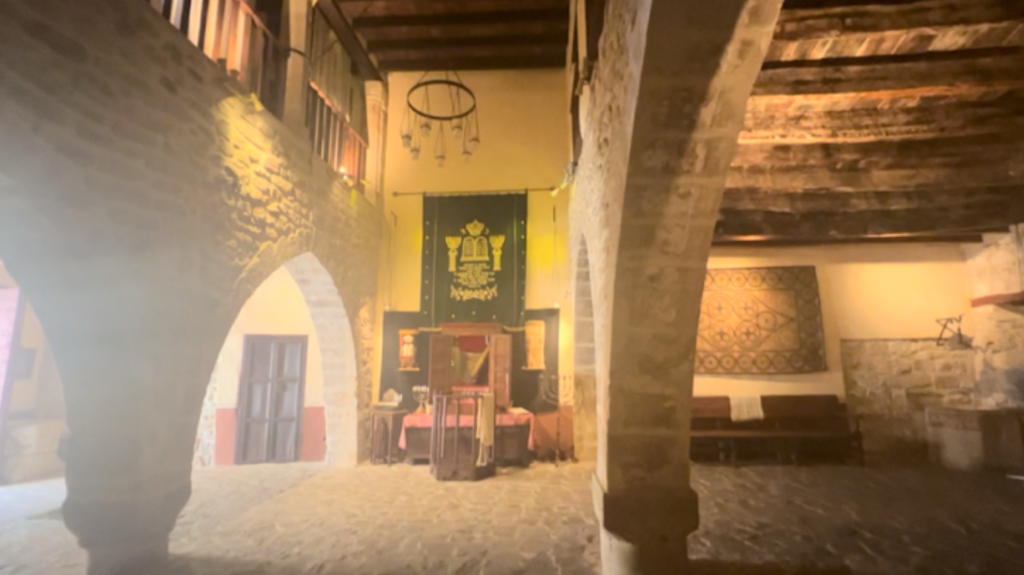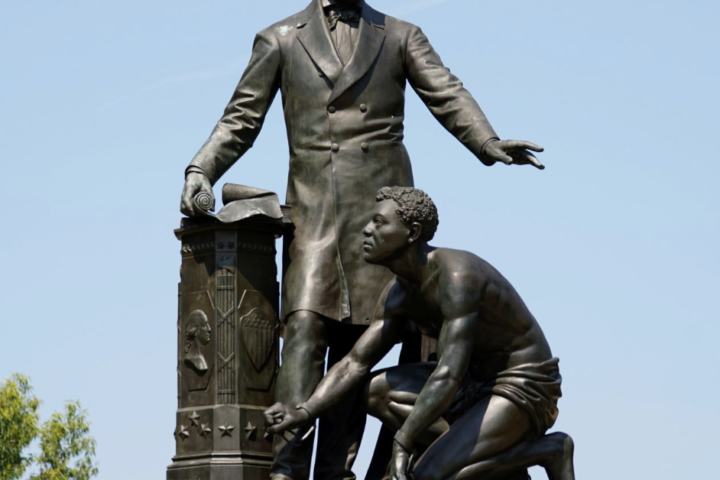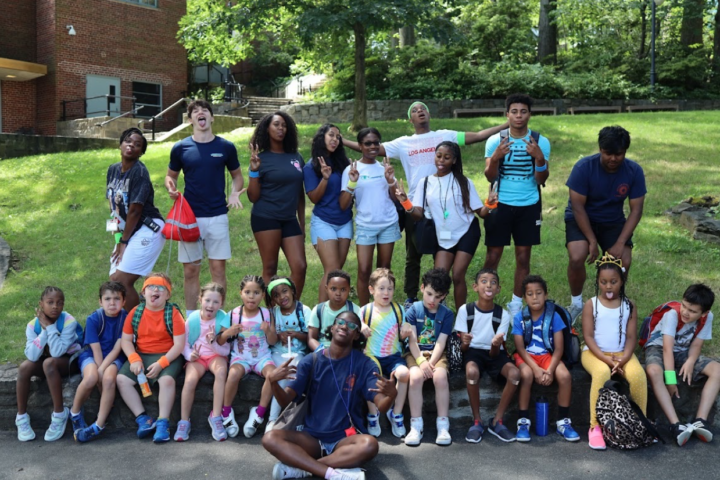This summer, I traveled to southern Spain for a five-week Spanish immersion program. I explored the distinct provinces of the Andalusian region including Cádiz, Córdoba, Granada, Sevilla, Huelva and Jaén. During this trip, I also lived with a host family in Úbeda, a small rural town known for its production of olive oil and ceramics. There, I interned at a recently excavated Synagogue named La Sinagoga del Agua, where I spent my time giving tours, translating websites and creating a dossier for non-Spanish speaking tourists.
La Sinagoga del Agua was discovered by chance in 2006 by the realtor Fernando Crespo, who wanted to convert what was previously a hair salon into apartment buildings and a garage. Located in the heart of the old Jewish quarter, it remained an untouched hidden treasure for centuries: a Jewish Synagogue, dating back to the 14th century. After the discovery of various elements inside this site such as the arches of the Synagogue, the Women’s Gallery, the Ritual Bath (Mikveh), the pillars engraved with the palm tree and the Jewish symbol of life, the original project was discarded and, starting in 2007, recovery work began. After three years of renovations, La Sinagoga del Agua opened to the public in 2010.
During the Spanish Inquisition in the 14th century, Jewish people in Spain were forced to flee, convert to Christianity or be killed. Many “Conversos,” Jews who converted to Christianity, were still practicing Judaism behind closed doors. Previously, the synagogue served as a location for religious worship and teachings. However, during times of persecution, it was used as a communal space, where people could find solace and solidarity in their shared experiences.
I am half Ashkenazi and half Sephardic. I had always felt more Ashkenazi at home, in both the traditions my family and I celebrated and the other people I was surrounded with. When I initially received an email notifying me of my upcoming internship at the synagogue, I was filled with anticipation and excitement to finally become more connected with the other half of my Jewish identity. Just three weeks later, at the end of my internship, as I walked through the countless arches in the synagogue, I realized how I had developed a profound connection to both my family and my heritage through experiencing and deeply understanding this Jewish history.
By being able to explain and educate visitors on a large part of my identity, I was able to give back to my family and express my pride for who I am.
In the short time I have been home in New York, I have already given my family a “virtual” guided tour of the Synagogue and explained historical details that have been lost throughout the centuries. I hope to continue to teach others about this forgotten part of history.
Several generations ago, my ancestors escaped Spain amidst the Inquisition and established new roots in Greece and Turkey. Returning to the very places they once called home has created a full-circle experience for both me and my family.
Image 1: Inside the Synagogue

Image 2: Close Up of the Arches in the Synagogue/View of the Women’s Gallery
Image 3: The Mikveh below the Synagogue (Ritual Purification Bath)










